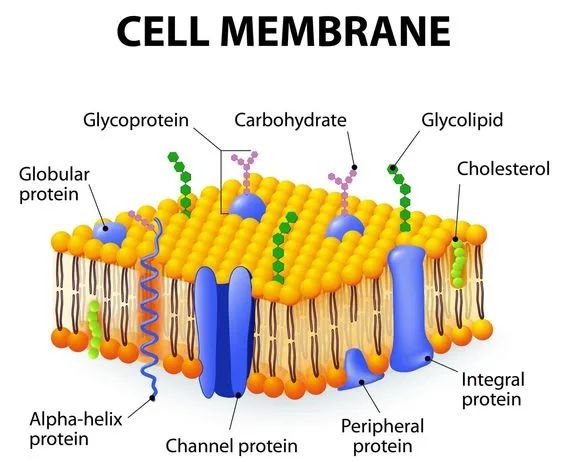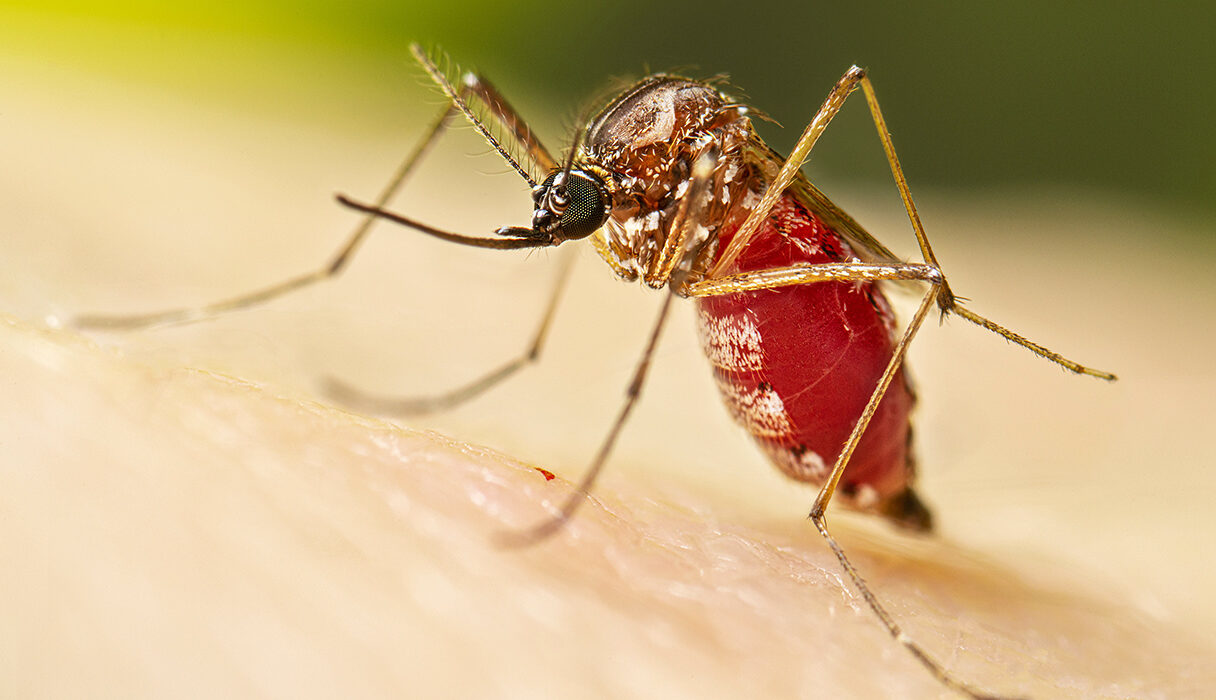Exercise, in all its forms, is one of the most essential components of maintaining good health, and its impact on the human body is profound and multifaceted. While most people know that physical activity helps keep the body fit, the true science behind how exercise affects every system in our body is far more complex than the casual observer might realize. From strengthening the muscles to improving mental health, and even altering the way we process energy, the body undergoes an incredible transformation when engaged in regular exercise. This article delves into the fascinating science behind these changes, uncovering how exercise impacts everything from cellular metabolism to hormone levels and brain function.
The Beginning of Exercise: What Happens to Your Body in the First Moments?
When you first begin to exercise, your body enters a heightened state of activity as it prepares to meet the increased demand for energy. The initial few seconds of exercise involve an immediate shift in the way your body operates. During this phase, the muscles require immediate fuel, which is provided by a substance called adenosine triphosphate (ATP). ATP is the primary energy carrier in cells, and it fuels virtually every action in the body. However, there is only a small store of ATP in your muscles, and it is used up within a few seconds of starting physical activity.
To replenish ATP levels, the body quickly turns to two primary energy systems: the anaerobic system and the aerobic system.
- Anaerobic System: This system functions without the use of oxygen and provides a quick burst of energy. It primarily relies on stored carbohydrates in the form of glycogen to produce ATP. The anaerobic system is responsible for short bursts of high-intensity activities like sprinting or lifting weights. As you engage in these activities, the muscles produce lactic acid as a byproduct, leading to the “burn” you feel after intense exercise.
- Aerobic System: The aerobic system, on the other hand, requires oxygen to generate ATP. It is the primary energy system for moderate-intensity and endurance activities, like running or swimming. The aerobic system is more efficient at producing energy than the anaerobic system and can sustain activity for much longer periods of time. As the exercise continues, your breathing rate increases to bring in more oxygen, and your heart pumps more blood to carry oxygen to the muscles, ensuring they have the energy they need.
The transition from anaerobic to aerobic energy systems is a key moment in exercise. The body’s ability to shift gears between these systems is a testament to the complexity and adaptability of human physiology. As exercise continues, the body also begins to mobilize fat stores, turning them into usable energy. This process is known as lipolysis and is more prominent during lower-intensity, prolonged exercise.
Muscular Adaptations: How Your Muscles Change Over Time
One of the most noticeable effects of exercise is the development and strengthening of muscles. However, the transformation of muscle tissue is a highly dynamic process that involves a number of cellular mechanisms.
When you engage in resistance training, like weightlifting, the mechanical tension placed on muscles causes microscopic damage to muscle fibers. This process is known as muscle injury or muscle trauma. The damage is repaired through a process called muscle protein synthesis, in which the body produces new muscle proteins to heal and reinforce the muscle fibers.
As you continue to exercise, particularly through resistance training, the body becomes more efficient at repairing and strengthening muscle fibers. The result is muscle hypertrophy, or the increase in the size of muscle fibers. Over time, this leads to visible muscle growth and increased strength. Additionally, regular strength training can improve the efficiency of the nervous system in recruiting muscle fibers, allowing you to perform exercises more effectively and with greater force.
However, muscle growth is not solely about strength. There are different types of muscle fibers—slow-twitch and fast-twitch fibers. Slow-twitch fibers are more endurance-oriented and are recruited during low-intensity, long-duration activities like jogging. Fast-twitch fibers are responsible for powerful, quick movements like sprinting or lifting heavy weights. Regular training can influence the proportion of these muscle fibers, with endurance athletes having a higher proportion of slow-twitch fibers and sprinters or weightlifters having a higher proportion of fast-twitch fibers.
Muscle repair and growth are also influenced by various hormones, particularly testosterone and growth hormone. Both hormones play a crucial role in stimulating muscle protein synthesis, and their levels rise significantly during and after exercise. This is one reason why resistance training is especially beneficial for increasing lean muscle mass and overall strength.
Cardiovascular Changes: Strengthening the Heart and Lungs
Another significant transformation that occurs with exercise is the strengthening of the cardiovascular system. Regular exercise, particularly aerobic activities like running, swimming, or cycling, can have a profound effect on both the heart and lungs. These improvements go far beyond just increased fitness levels—they are essential for long-term health and well-being.
The heart is a muscle, and like any muscle, it becomes stronger and more efficient with consistent use. Regular aerobic exercise leads to an increase in the heart’s stroke volume, which is the amount of blood pumped per beat. This means that with less effort, the heart can pump more blood and deliver oxygen and nutrients to the muscles and other tissues.
Over time, exercise also leads to a reduction in resting heart rate. This is due to the improved efficiency of the heart. With consistent exercise, the body becomes better at utilizing oxygen, allowing for a slower, more relaxed heart rate during periods of rest. A lower resting heart rate is often a sign of cardiovascular health and fitness.
In addition to improving heart function, exercise also strengthens the lungs. Regular physical activity enhances lung capacity and the efficiency with which oxygen is exchanged between the air and the bloodstream. This increased lung efficiency helps supply oxygen to the muscles during exercise, allowing for longer and more intense physical activity without fatigue.
Moreover, exercise improves blood circulation, helping to maintain healthy blood pressure and reduce the risk of cardiovascular diseases such as hypertension, stroke, and heart attacks. The cardiovascular benefits of exercise are well-documented, making physical activity one of the most effective ways to protect against chronic diseases and promote longevity.
Metabolic Adaptations: How Exercise Transforms Your Energy Systems
Exercise has a profound impact on the body’s metabolism, or the process by which the body converts food into energy. Regular physical activity improves the body’s ability to metabolize fats and carbohydrates, making the body more efficient at using energy. This is especially important for long-term health and weight management.
When you engage in regular aerobic exercise, your body becomes more efficient at burning fat for fuel. This is due in part to an increase in the number of mitochondria, the tiny energy factories within your cells. Mitochondria are responsible for converting food into energy in the form of ATP, and their density increases with regular exercise. This allows your muscles to more effectively use fat as a primary source of energy during prolonged activity, which is why endurance athletes often have low levels of body fat.
Additionally, exercise enhances insulin sensitivity, which allows the body to process glucose more effectively. Improved insulin sensitivity is particularly important for preventing type 2 diabetes and maintaining stable blood sugar levels. With regular exercise, muscles become more capable of taking up glucose from the bloodstream, reducing the risk of insulin resistance and promoting better overall metabolic health.
The body’s ability to store glycogen, a form of carbohydrate stored in the muscles and liver, also increases with exercise. Glycogen is a key energy source for high-intensity exercise, and by increasing the body’s glycogen stores, athletes are able to perform at higher intensities for longer periods of time.
Hormonal Changes: The Impact of Exercise on Your Endocrine System
Exercise triggers a cascade of hormonal changes that affect virtually every aspect of bodily function. These hormones play a crucial role in regulating metabolism, muscle growth, fat loss, and even mood. Some of the most important hormones involved in exercise include adrenaline, cortisol, growth hormone, and endorphins.
- Adrenaline and Noradrenaline: These hormones are released by the adrenal glands in response to physical activity. They are responsible for the “fight-or-flight” response, preparing the body to handle stress and exertion. They increase heart rate, dilate the airways, and release energy stores, all of which help the body perform during exercise.
- Cortisol: While cortisol is often associated with stress, it also plays a role in regulating the body’s response to exercise. During intense physical activity, cortisol levels rise to help mobilize energy reserves and support muscle function. However, chronic, excessive cortisol release can have negative effects on the body, leading to muscle breakdown and increased fat storage. This is why balancing exercise intensity and recovery is essential to maintaining optimal cortisol levels.
- Growth Hormone: This hormone is critical for tissue repair and muscle growth. It is released in response to exercise, particularly high-intensity resistance training. Growth hormone stimulates the production of proteins in muscles, aiding in recovery and muscle growth. It also plays a role in fat metabolism, helping to break down fat stores for energy.
- Endorphins: Often referred to as the body’s “feel-good” hormones, endorphins are released during exercise and are responsible for the euphoric “runner’s high” that many people experience. Endorphins help reduce pain and stress, promoting an overall sense of well-being. Regular exercise has been shown to improve mood and alleviate symptoms of depression and anxiety, making it a powerful tool for mental health.
The Brain and Exercise: How Physical Activity Improves Cognitive Function
While the physical benefits of exercise are well known, the effects of physical activity on the brain are equally remarkable. Regular exercise has been shown to improve cognitive function, enhance memory, and protect against neurodegenerative diseases like Alzheimer’s and Parkinson’s.
Exercise increases blood flow to the brain, delivering more oxygen and nutrients that are essential for brain health. It also stimulates the production of neurotrophic factors, such as brain-derived neurotrophic factor (BDNF), which promote the growth of new neurons and enhance synaptic plasticity—the brain’s ability to form new connections.
Additionally, exercise has been shown to improve mood and reduce stress, which in turn supports cognitive function. By reducing levels of cortisol and increasing levels of endorphins and other neurotransmitters, exercise promotes an overall sense of mental clarity and well-being.
Long-Term Benefits: The Impact of Regular Exercise on Aging and Disease Prevention
The long-term benefits of regular exercise are vast and far-reaching. Exercise has been shown to reduce the risk of chronic diseases such as heart disease, type 2 diabetes, and certain types of cancer. It also plays a crucial role in maintaining bone density, joint health, and flexibility as we age.
One of the most exciting areas of research in the science of exercise is its potential to slow down the aging process. Regular physical activity has been shown to protect against age-related decline in muscle mass and function, known as sarcopenia. It can also reduce the risk of osteoporosis by stimulating bone growth and enhancing bone density.
Exercise also supports healthy aging by improving the function of the immune system, enhancing recovery after illness or injury, and reducing inflammation, which is associated with many chronic diseases.
Conclusion: A Lifelong Commitment to Physical Health
The science behind exercise is complex and multifaceted, but one thing is clear: regular physical activity has a profound impact on every system in the body. From improving heart and lung function to strengthening muscles and enhancing mental health, the benefits of exercise are both immediate and long-lasting.
By understanding the science behind exercise, we can make more informed decisions about our fitness routines and optimize our workouts for maximum benefits. Whether you’re training for a marathon, lifting weights in the gym, or simply going for a walk, the effects of exercise are transformative. The more you engage in physical activity, the better your body and mind will perform, not just in the present but for years to come.
So, no matter where you are in your fitness journey, remember that each step, each rep, and each breath is contributing to the ongoing transformation of your body. Exercise is not just about the changes you can see; it’s about the invisible processes taking place within, working tirelessly to keep you healthy, strong, and resilient.






